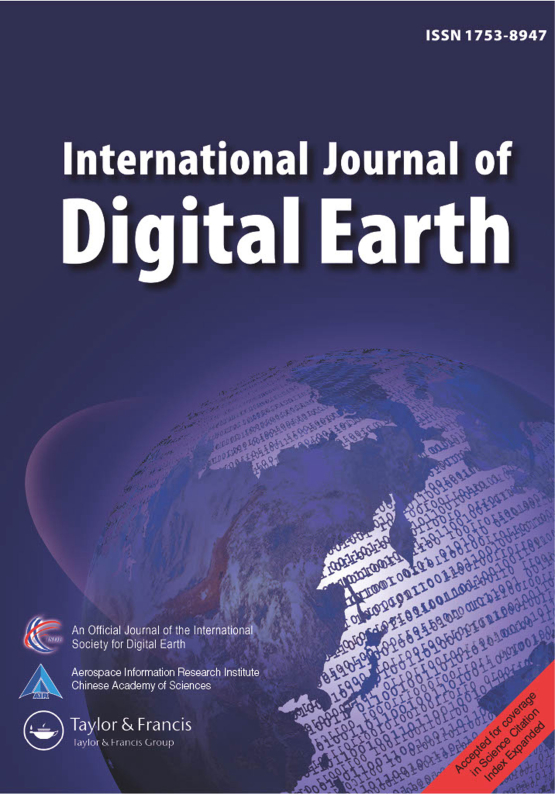基于多尺度特征配准的灾后高分辨率遥感图像中快速提取未倒塌建筑物的改进方法
IF 4.9
1区 地球科学
Q1 GEOGRAPHY, PHYSICAL
引用次数: 0
摘要
快速、准确地从灾后高分辨率遥感图像(HRSI)中提取未倒塌的建筑物对于应急响应来说至关重要。灾前高分辨率遥感图像可作为应急响应的辅助工具。本文章由计算机程序翻译,如有差异,请以英文原文为准。
An improved method for rapid un-collapsed building extraction from post-disaster high-resolution remote sensing imagery based on multi-scale feature alignment
Quick and accurate extraction of un-collapsed buildings from post-disaster High-resolution Remote Sensing Images (HRSIs) is imperative for emergency response. Pre-disaster HRSIs could serve as auxi...
求助全文
通过发布文献求助,成功后即可免费获取论文全文。
去求助
来源期刊
CiteScore
6.50
自引率
3.90%
发文量
88
审稿时长
3 months
期刊介绍:
The International Journal of Digital Earth is a response to this initiative. This peer-reviewed academic journal (SCI-E) focuses on the theories, technologies, applications, and societal implications of Digital Earth and those visionary concepts that will enable a modeled virtual world. The journal encourages papers that:
Progress visions for Digital Earth frameworks, policies, and standards;
Explore geographically referenced 3D, 4D, or 5D models to represent the real planet, and geo-data-intensive science and discovery;
Develop methods that turn all forms of geo-referenced data, from scientific to social, into useful information that can be analyzed, visualized, and shared;
Present innovative, operational applications and pilots of Digital Earth technologies at a local, national, regional, and global level;
Expand the role of Digital Earth in the fields of Earth science, including climate change, adaptation and health related issues,natural disasters, new energy sources, agricultural and food security, and urban planning;
Foster the use of web-based public-domain platforms, social networks, and location-based services for the sharing of digital data, models, and information about the virtual Earth; and
Explore the role of social media and citizen-provided data in generating geo-referenced information in the spatial sciences and technologies.

 求助内容:
求助内容: 应助结果提醒方式:
应助结果提醒方式:


